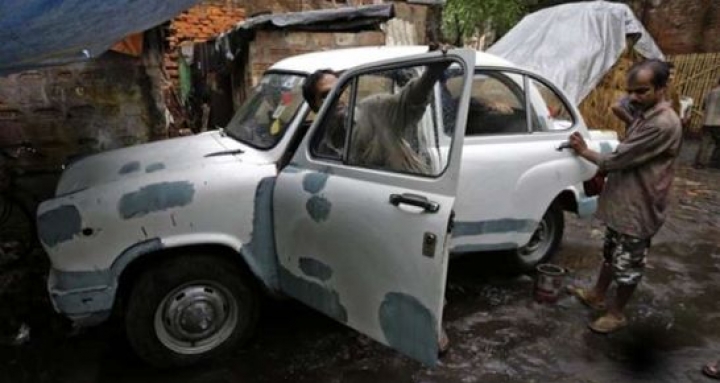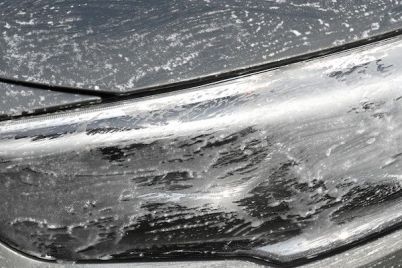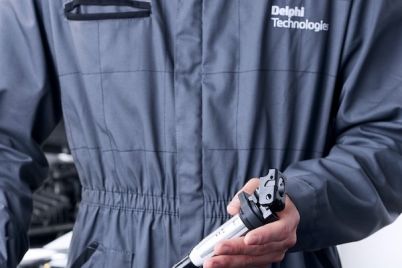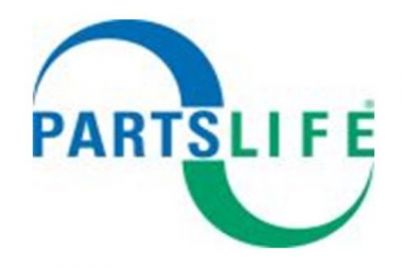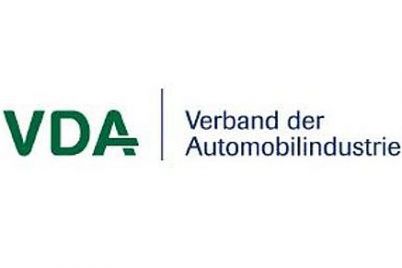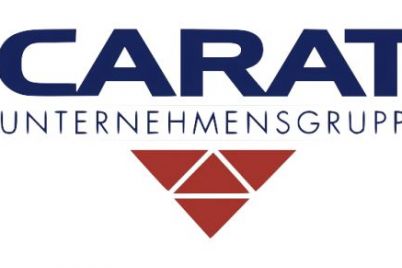From the OEM perspective, India has long been considered as the “Narnia” for vehicle sales, symbolizing lots of unexploited potential and distribution possibilities.
Indian aftermarket – Still Far From Mature
As evidence for that belief, car sales have been growing steadily since 2009, not as fast as in China, but still a long way ahead of the situation in the more mature markets of Europe and the USA. Additionally, consistent GDP growth and the broadly stable rupee have persuaded market experts and OEMs to expect a double-digit Compound Annual Growth Rate (CAGR) in new car sales. However, this has turned out to be extremely overoptimistic, as most car manufacturers intended to capture 10-20% market share quickly, not expecting any kind of economic stagnation, as then happened in 2014. Total market share aspirations reached the incredible amount of 280% of the actual market, a complete nightmare for the industry. Consequently, OEMs had to scale down their targets as dealers accumulated stock due to weak sales and rising competition from new entrants joining the market. Nevertheless, with the world’s second largest population and a steadily growing middle class, India is of strong interest for the OEMs and is clearly a promising opportunity for increasing turnover and profit in the coming years, both in new car sales and also in the aftersales business.
The Indian independent aftermarket also remains far from mature, and lots of things still have to happen at the ground level, before the sector can gradually evolve. Currently, both structure and professionalism are lacking, and lots of additional issues are blocking the way to significant improvements. In 2012, Arvind Kapur, at that time president of the Automotive Component Manufacturers Association of India (ACMA), reported in the press, that “only a small portion of vehicles in India are serviced by OEM-authorised service centres, the rest by organised, semi-organised and a large number of small unorganised players”. Since then, the situation changed only marginally, although the OEM-authorised network of service stations is expected to reach 20-30% by 2017 and the share of small unorganised workshops is predicted to drop from 60-70% to 45-55%.
In 2014, two-wheelers held the biggest share of registered vehicles, and therefore accounted for 49% of total parts market value, versus 26% for passenger cars and 25% for commercial vehicles/busses and trailers, according to recent McKinsey research.
A major remaining problem is that, even though the quality of parts and vehicles has clearly improved over the last decade, 36% of components are still either spurious or fake. Nevertheless, the quality upgrade and the increasing use of technology has improved vehicle longevity, resulting in fewer workshop visits and lower parts volumes. Thus the aftermarket has become more quality- and system-oriented, and a consolidation of the small and unprofessional players has taken place.
But at the same time, infrastructure problems still remain endemic, with lots of scope for improvement. However, the car and parts industry is hoping that the Modi government will take action in this area.
In February 2015, the new appointed ACMA president Ramesh Suri forecasted in the press that the car parts sector would “touch $100 billion turnover by 2020”, even though, he admitted, “the goal is little ambitious”, as this would be three times the turnover of FY 2014-15 ($38.5 billion). According to 2015 Frost & Sullivan analysis, total manufacturer-level parts revenue is expected to grow at a CAGR of 12.4%, reaching $16.5 billion by 2021. Additionally, demand for routine maintenance such as brake pads will increase at least 10 times faster compared to Europe and North America, highlights the study.
To achieve this, there is a citical need to cultivate and organise the automotive aftermarket supply chain in a way which is integrated with the service and repair operators. Modern logistics techniques including training sessions on inventory management as well as the implementation and conduct of IT systems, should be part of the aftermarket transformation.
Overall, the long-term aftermarket future for India looks promising, and ICDP believes that an economic recovery combined with an increase in new car sales will lead to further aftermarket professionalization and systematic integration into the overall automotive industry.
Quelle: www.icdp.net
Kontakt: icdpgermany@icdp.net

